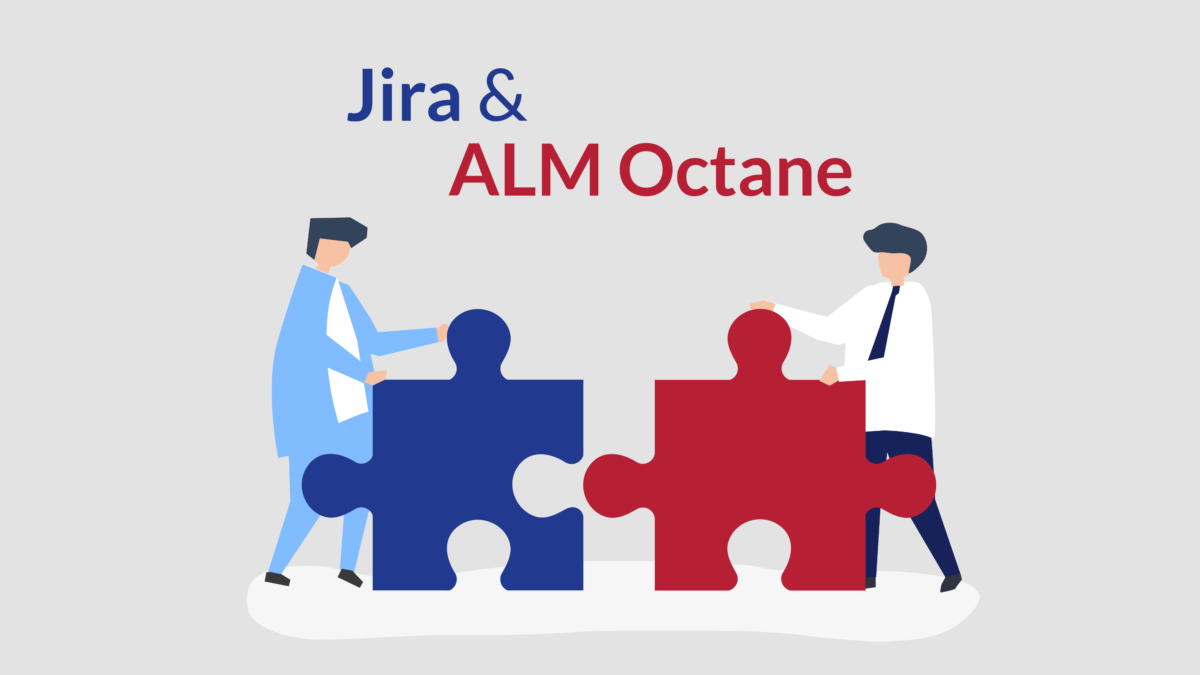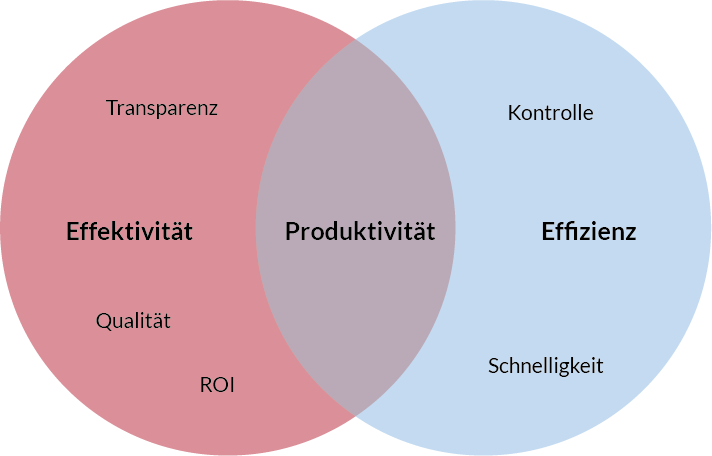Use synergies
Jira and Octane – leveraging synergies
A comparison of the two tools Jira (Atlassian) and ALM Octane (Micro Focus) is something we encounter again and again during initial consulting meetings. Both tools offer solutions for different application areas. While Jira is often used as a project management tool in software development, Octane is the all-encompassing platform that links various tools, including Jira, and thus stands above the entire tool landscape.

Therefore, the choice between Jira and ALM Octane is not an either/or question, but the two tools should be seen as complementary solutions. Together, they provide added value for software development projects.
Combining effectiveness and efficiency - increasing productivity
The combination of both tools generates synergies and significantly increases the productivity of software development.

Transparency
See the current status of your projects in real time.
Quality
Identify the weak points of your products.
Return on investment
Observe whether your automations are actually achieving their goals.
Control
Active management of the projects.
Speed
Capture the evolution of the speed and quality of your releases.
Scale and grow
As teams grow, organizations often reach their limits with Jira when it comes to the scalability of the tool. Capturing and representing software projects from teams at scale is more complex with Jira. The Octane tool from Micro Focus has the ability to scale and map large structures.
ALM Octane in a few words
Octane allows to display a step view of the projects. It is possible to switch from a global view to further levels of detail. The tool is characterized by the fact that it can be used by many different people and is quick to learn. It enables bidirectional collaboration, quick status check of projects and customization of the user interface, depending on the role and function. This means that development, quality and product management, as well as many other roles can be involved.
Transparency at the highest level
The transparency this creates makes it possible to save time throughout the software development process. In addition, errors are identified more quickly and at an early stage in this way, as tests can already be triggered during development. In summary, this contributes to long-term cost reduction and quality improvement.
Enable data-driven decisions
Due to the number of different key figures that are determined and merged in Octane, data evaluation is optimized. Due to the transparency and the possibility of a quick review, changes can be made and adapted at an early stage. Decisions are thus made on the basis of meaningful data and contribute to a fast decision-making process.
Related articles

5 reasons to choose a managed service provider

3 steps to the right DevOps solution


